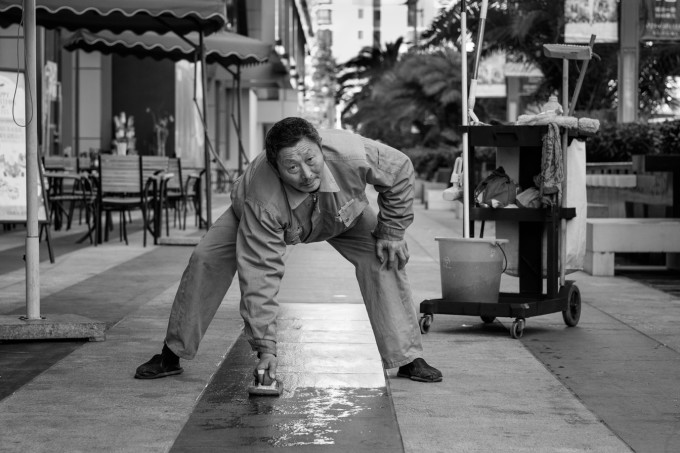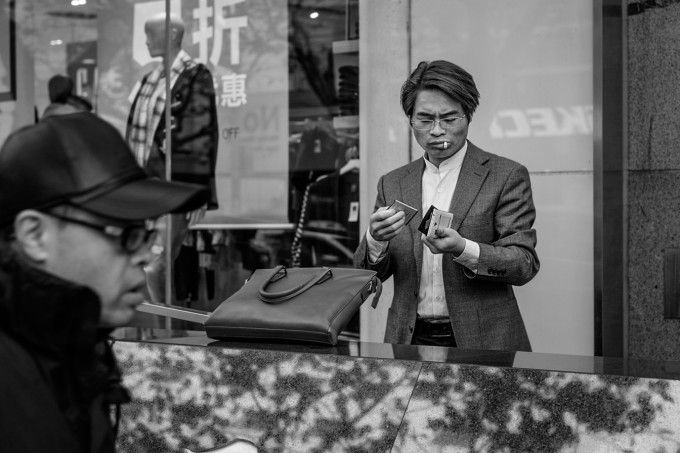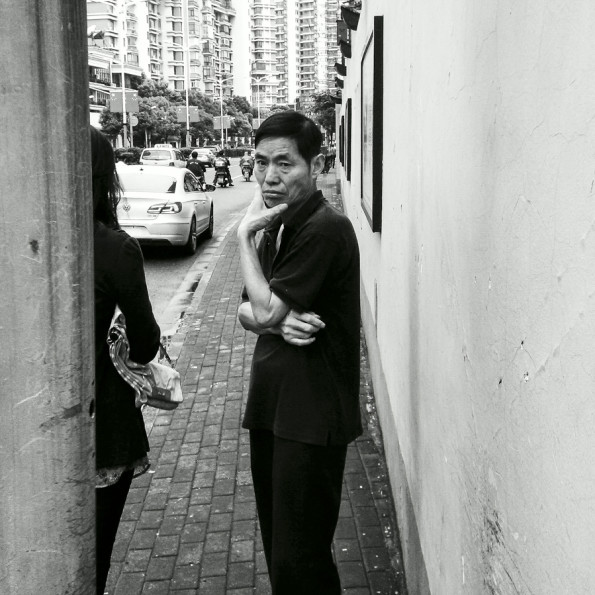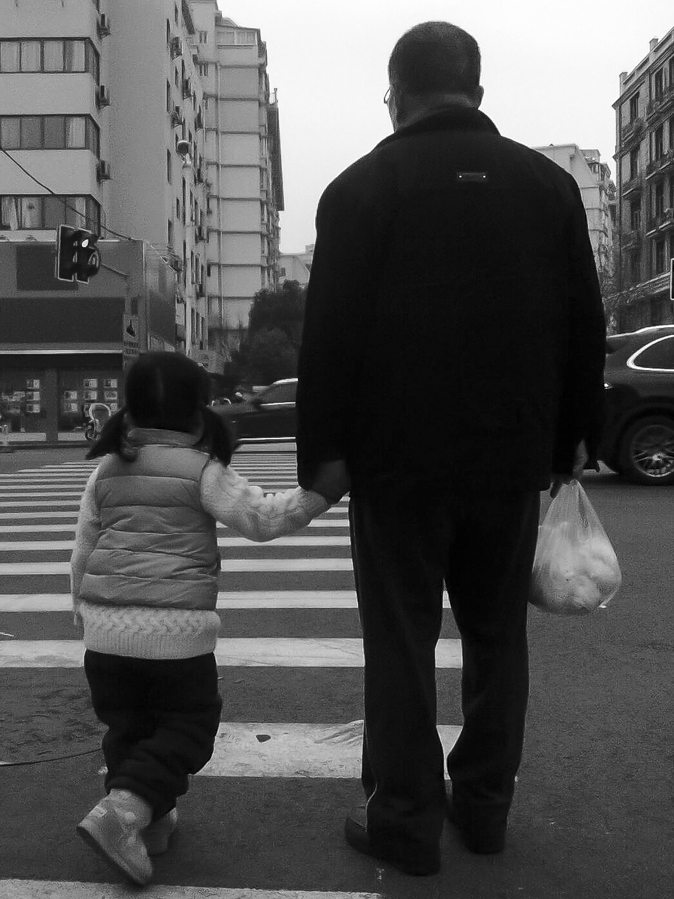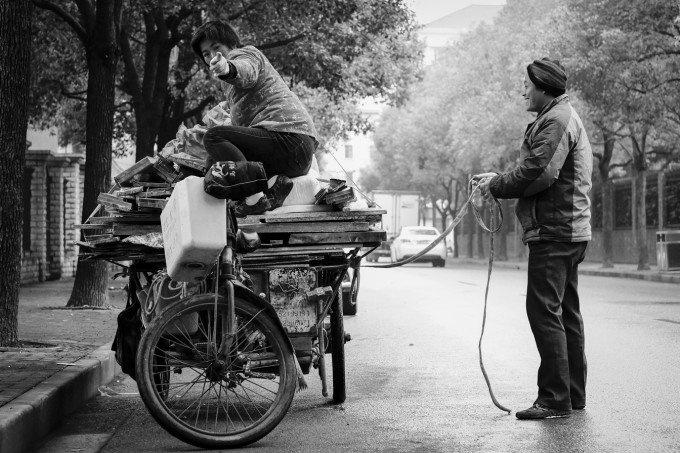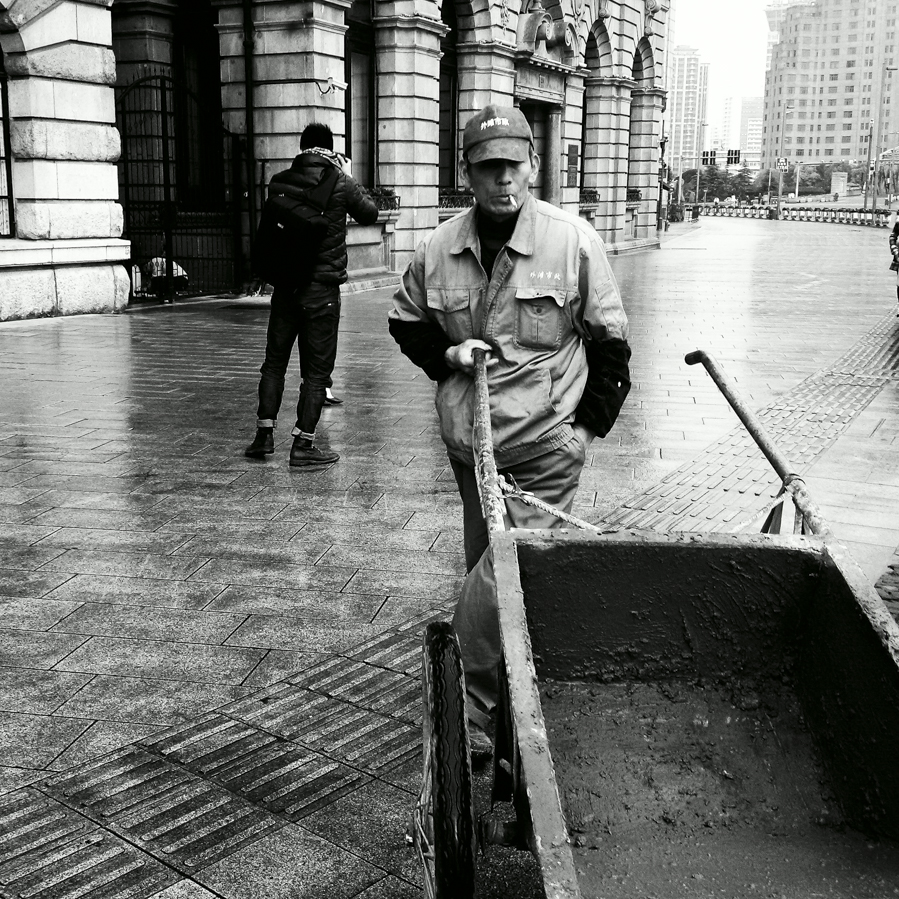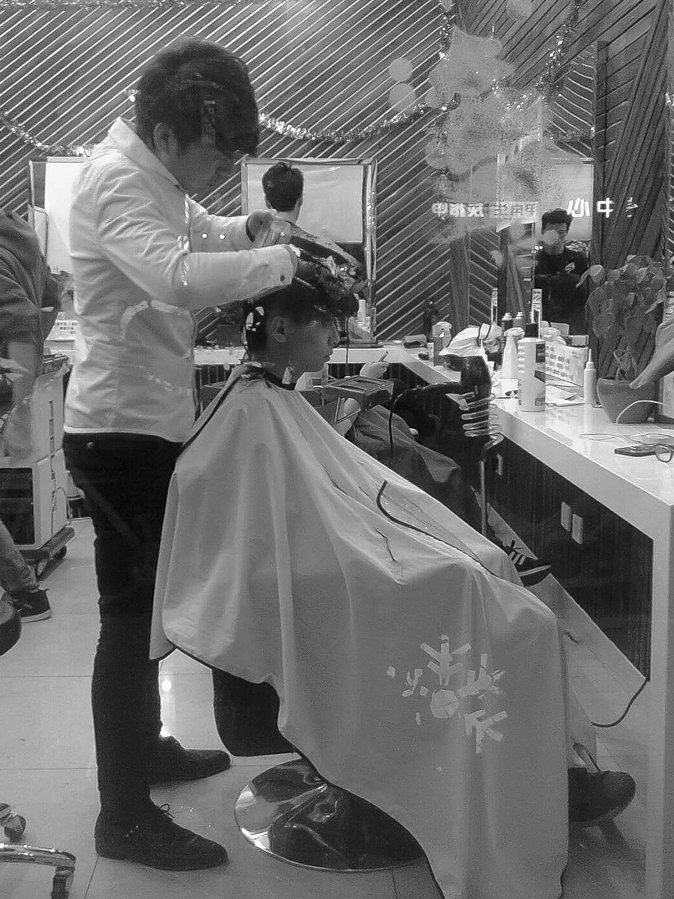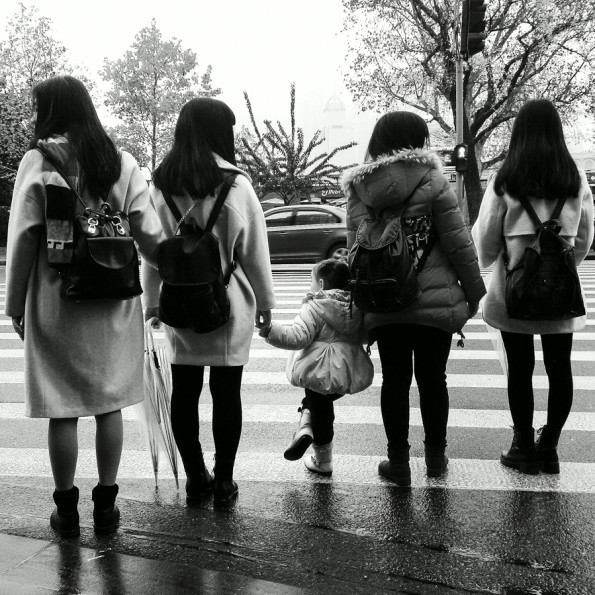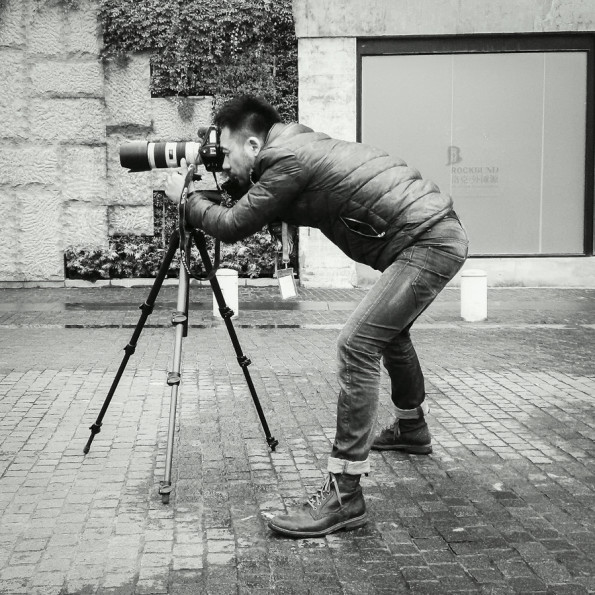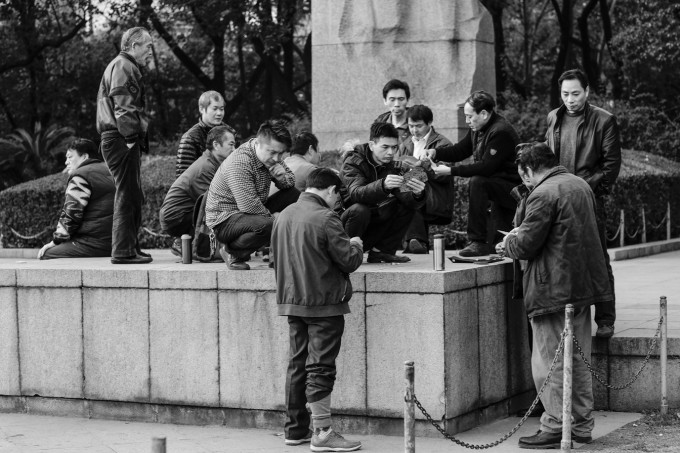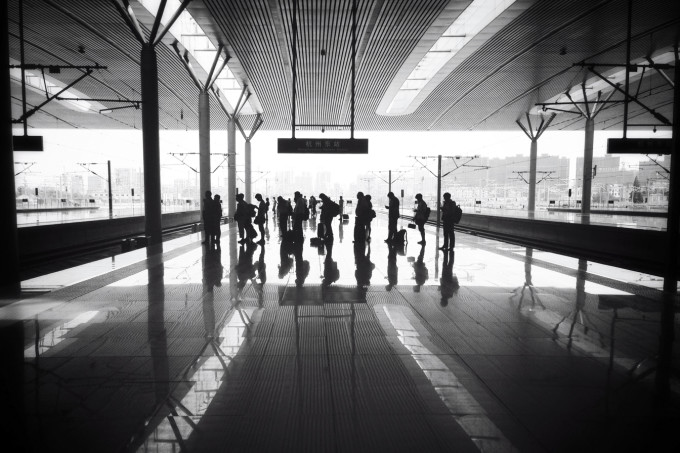This is a syndicated blog post from Blupace. It and the images in this story are being republished here with permission.
As with most things in life, the photographic process is one that yields to the inevitable forces of change. Nothing much in life remains the same, no matter how much we wish it so, evolution continues with or without us. Equipment, styles, technology, technique, even reason, it all changes with time.
It’s with this in mind, we offer some Blupace thoughts on approaching street photography. Written with the beginner in mind, we hope it may also provide an alternative perspective for the more seasoned photographers out there.
These are our own humble views, learned only through what we love to do. Please keep what is useful, disregarding what is not, add your own interpretation and make it your own. To share what you love, is to offer inspiration to others, from which the direction of change is steered.
In most situations we advocate the thoughts of, “right tool for the right job”. In street photography however almost any photographic device could be used to capture street moments. Some may of course be limited in technical capability, within boundaries we are obliged to work, this does however provide ample opportunity for individual creative expression.
For this post we thought it fun to shoot with devices we had available. Landscape images are with the Fuji XT1, 16Mp & 56mm lens. Square images with a Blackberry Classic, 8Mp. Portrait images are captured with an old Nokia X2-02, 2Mp. And the final landscape image being captured with an IPhone 5, 8Mp. Hovering over images will provide camera settings when available.
The beauty of street photography is, that you don’t need an excessive amount of money or equipment, and subjects are readily available. It does however require plenty of time, patience, and has little reward, except that of doing.
REASON: – Why do you want to do it? It may sound a simple enough question, but one many forget to ask. Reason is the destination we head towards, it’s why we get up and pound the streets. It’s what allows us to grow from our mistakes, and is the birth place of creativity and learning. Although our destination may change over time, it is the journey we take that holds meaning. Know your reason, and progression will follow your enthusiasm for it.
EQUIPMENT: – The more you have, the more you have to worry about. Use the KISS approach, Keep It Simple Stupid, and as you progress so can your kit. Avoid gear acquisition syndrome, it won’t make you a better photographer. Your camera is a tool, if you can operate it effortlessly, without hesitation and without thinking, your opportunities for capturing moments increase. Use the tool excessively, understand its characteristics, learn its rules, learn to bend them, be creative, make mistakes, understand and value them.
LOCATION: – The best place to shoot is where you are now! The streets you walk everyday, your trip to buy a coffee or newspaper, even your journey to work. There are stories and images all around you, all the time and all happening right now. Street photography provides a window through which we observe single moments that hint at stories, entangled within the magnitude of modern human existence. Though isolated and silent, these moments help rationalize our human need for a sense of order.
Whatever it is you do, you are part of, and pass through many types of human communities, each containing vast arrays of human activities. Maybe you travel through train stations or walk though shopping districts. You could live within the inner city or in a suburban community. It doesn’t matter if you tend a bar, clean floors or, are even unemployed, we are all instruments of the grand human orchestra, played out in sight, sound, touch, smell and movement. There is significance to it all, and beauty in the realization of significance.
OBSERVATION: – We gain perspective of these moments by slowing down, and in doing so we begin to comprehend the patterns and cycles of human nature. As observers, location becomes less important, and we begin to notice similarities. Shelter, food, water, community, economy, transport, communications. Although different on the surface, the substance is indistinguishable.
What then becomes significant is our ability to observe. To see stories as they happen, capturing pictures with our minds eye, and if we are lucky, also with the camera. The space that exists between mind and camera is movement, the product of repetition. The more repetitions one performs, the faster and more accurate one becomes. It takes time, and a lot of it, by making it an integral part of daily life, it becomes a infallible pathway to growth.
FEAR: – Each and everyone of us senses fear. It’s an emotional response necessary for human survival. There are real fears, like perceptual ones of facing an angry bear, and there are conceptual fears, like thinking a person will get angry and upset if you take their picture. It is important to understand and face our conceptual fears, so we may begin to move past them.
Fear offers us a convenient springboard for growth, as by challenging our fears we consciously expand our perceptional horizon. When out shooting, place yourself in situations that force you to face conceptual fears, the image you capture is quite irrelevant, in fact there is no need to even release the shutter. The more this is done, the more comfortable it begins to feel.
If you are honest with your fears and don’t make excuses, your progression will follow quickly, soon becoming a crucial part of your reason for shooting.
FLOW: – Flow is undoubtedly one of the more difficult skills to describe, as it’s not something you do per se, it’s more what you don’t. It’s something you feel that is not in thought, not planned, it just happens. It resides within the place of feelings and senses, where moments seamlessly intertwine. You feel, know, and are a part of them simultaneously. In eastern philosophy it would be referred to as Wei Wu Wei, or doing not doing, and in the west, as the zone.
To cultivate flow, avoid rigorously planning each and every moment, let go of control and cultivate non-thinking. Relinquish focus on wants and desires, as this can blind you to what’s already there. Through feeling and sensing your environment, flow becomes present. Maybe you have a feeling to turn left instead or right, maybe you forget to get off at your metro stop, and have to walk extra blocks, maybe you get caught in the rain. If you embrace all of these moments, follow your intuition, have acceptance and adapt, flow will follow.
HEAD SPACE: – We believe this to be one of the most important areas to understand, as it encompasses everything else we have covered, as such we have left it for last. Our mind predominates our actions, so the contents of head space has direct influence on both emotions and behavior. What’s in your head? Is it full of clutter, thoughts, worries, preconceptions, desires? Whatever it is, it can be restricting your growth.
A clear mind is the route to creativity, enthusiasm and joy. It’s what allows us to embrace flow and align to the decisive moment. In creating head space, we provide ourselves with room to observe with clarity, while gaining understanding of the presence of people surrounding us. There are many ways to achieve head space, here are just a few of our recommendations:
** Organization: – not only of your photographic workflow, but anything that congests your head. A house clearing can provide huge gains in head space.
** Breathing: – it sounds obvious, but the way you breath affects your whole body. Learning simple breathing exercises are proven to remove stress.
** Egotism: – letting go of ego removes our self centered attitude, freeing up huge amounts of head space. A humble mind is appreciative and clearer.
** Competitiveness: – the only person you compete against is yourself. Don’t compare your work to others, do allow them to inspire you, ignore the haters.
** Love: – if all else fails and you just can’t gain any head space, take a step back and do what you love. Joy and enthusiasm always leads back to growth.
CONCLUSION: – Anyone can pick up a camera and take a picture, for some this may be quite enough. To really improve however, we must be striving to seek-out, uncover, and cast light upon our mistakes, flaws, and weaknesses. In doing so we gain strength, confidence, and skill within these areas. The moment we think we are good enough, is the moment we cease to grow.
If we let go of our preconceptions, street photography can awaken us to life, which in turn can re-awaken our creativity, enthusiasm and joy for street photography. In changing ourselves we change our experience.
In life we learn from everyone and everything that surrounds us, in wisdom, however, we understand the significance of what we ourselves surround.
We wish you all the best for 2016, and hope you enjoy your own personal journey with photography.
Blupace is the collaboration between Blu and Pace, a young married couple with a passion for photography, psychology, philosophy, art, and free thinking. Our work relates to the understanding of human psychology, and its evolution through modern human society. Street photography offers us the means to document and record our observations, leading to philosophical contemplations.
We have both been travelling for approximately 8 years, with the past 2 of these together in Asia. We currently live in Shanghai, where we are working on a project documenting the city and its people.


